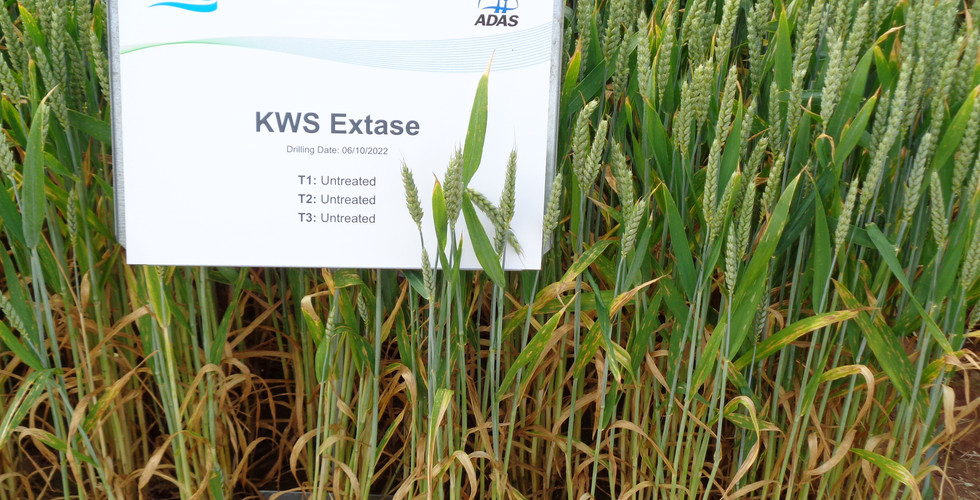Hot!
- Philip

- Jul 7, 2023
- 2 min read
The UK’s hottest June on record beating the previous record set in 1940, as well as June 1976 (part of the well-known summer of 1976) was this a good thing for UK agriculture?
June is also the month when Agricultural Shows representing the arable sector are in full swing. One of the items always demonstrated is that of varieties. Wheat, barley, oats and beans being foremost. So which varieties are outstanding this year amongst the crops?
Reading through the publications that arrive on the door step which related to the arable sector I would have to say “not much.” This is also borne out by AHDB, ADAS and other variety screens and field demonstrations I have visited locally.
The availability of new genetic material to improve or even maintain existing varieties seems limited with the only place showing a glimmer of light, that of hybrid OSR varieties.
So what is happening? Improved crop varieties provide the essential foundation for the UK’s £86 billion food production chain.
It is clear that plant breeding is the single most important tool to deliver solutions to the challenges of food security, climate change and the more efficient use of resources as well as making a major contribution to economic growth both of the farm business and the UK as a whole.
Plant breeding is a highly research intensive business; around 40% of the breeders’ royalty income is invested in R & D. Plant breeding is also expensive, a competitive wheat breeding programme costs £1.5 million to £2 million per annum.
This current level of spend is sufficient for breeders to continue to make incremental advances in variety improvement but not enough for investment in the R & D that has the potential to lead to step changes in genetic gain (e.g. development of hybrid systems in wheat, nitrogen use efficient or drought resistant crops, use of synthetic wheat and exotic species to capture novel genetic variation).
Maybe the payment of more royalties on seed is not a bad idea, that is, if we knew the money was being well spent.


















Comments